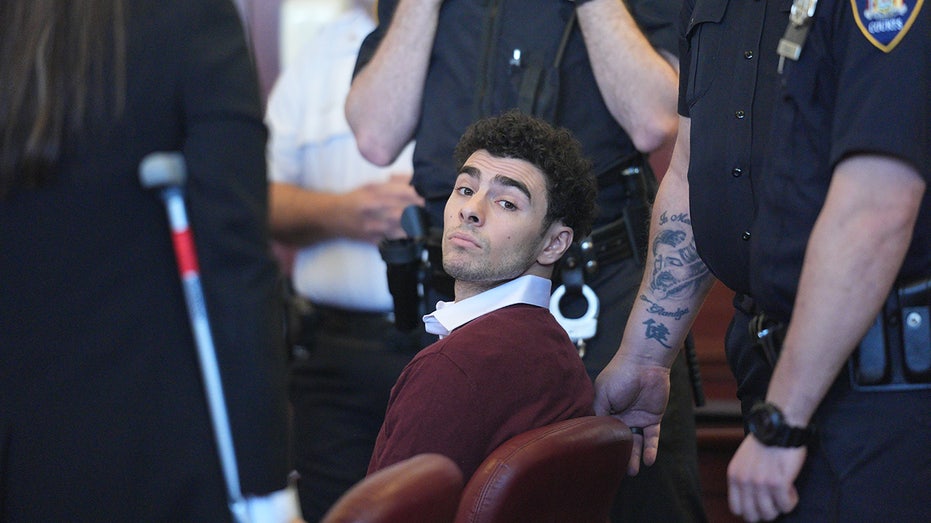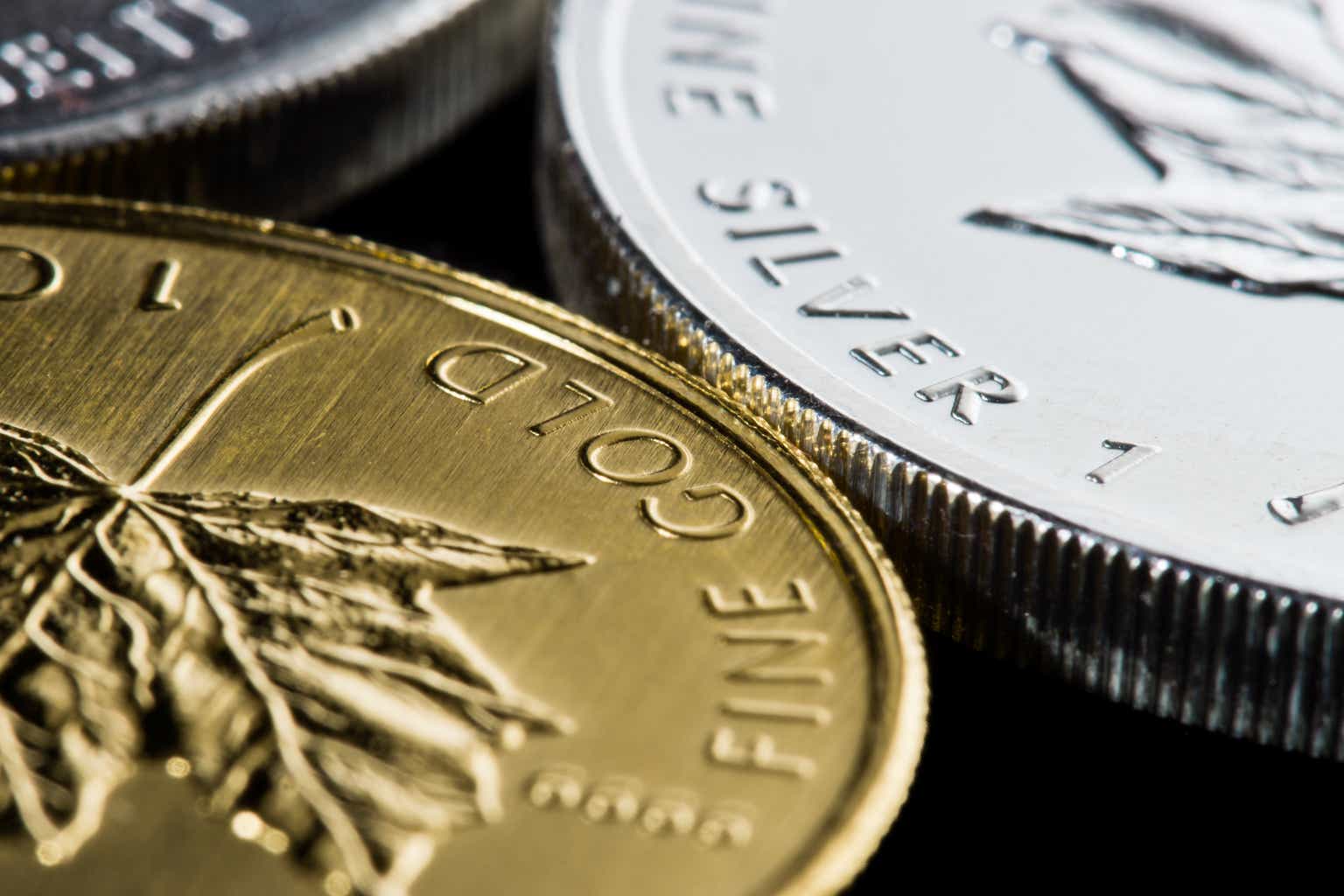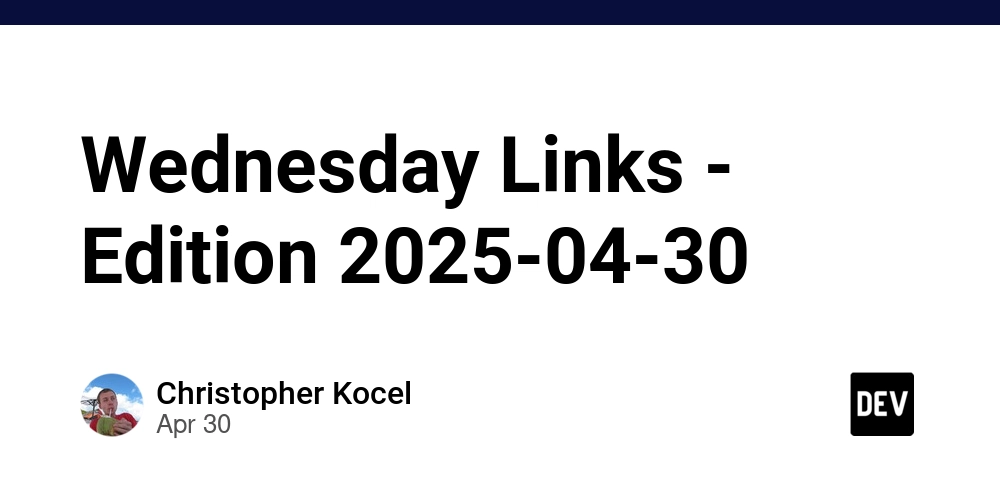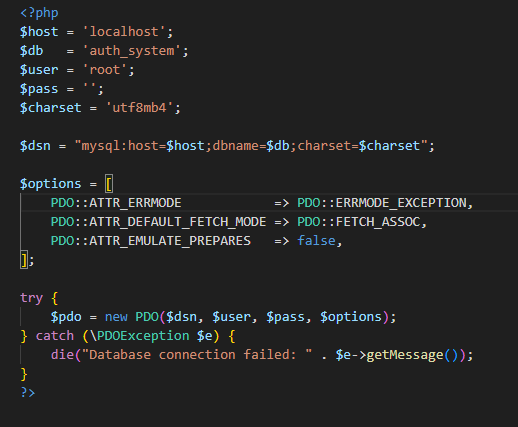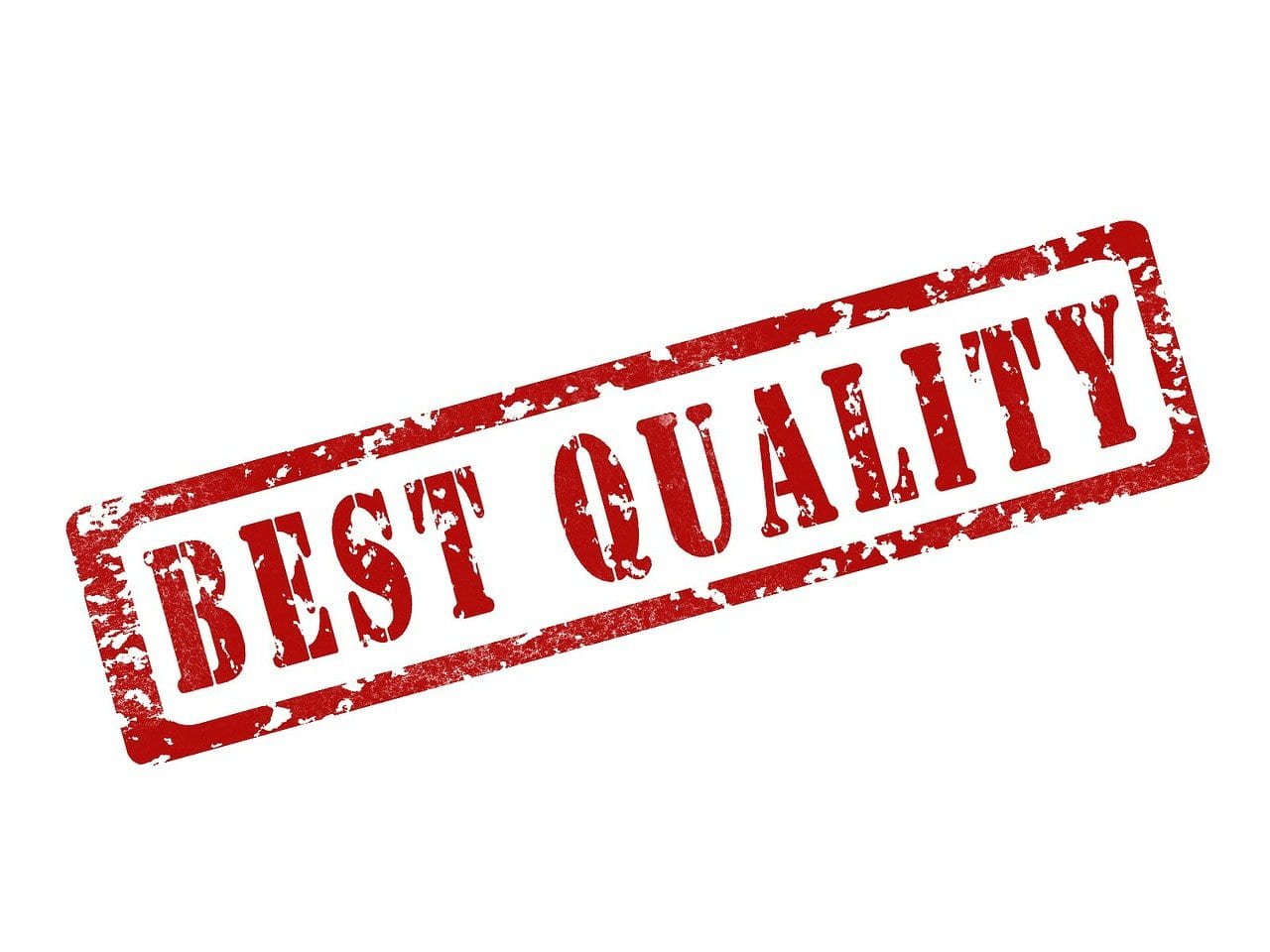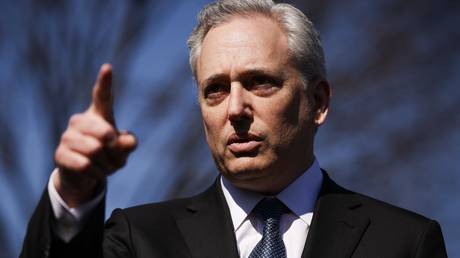How Trump 2.0 compares to 1.0, so far
President Trump has used the first 100 days of his second term to dramatically transform government, using executive action to shift the nation’s position on trade, immigration enforcement, foreign policy and government spending to meet his goals. The second Trump administration has moved quickly to implement the president's agenda across government, including leveraging billionaire adviser...

President Trump has used the first 100 days of his second term to dramatically transform government, using executive action to shift the nation’s position on trade, immigration enforcement, foreign policy and government spending to meet his goals.
The second Trump administration has moved quickly to implement the president's agenda across government, including leveraging billionaire adviser Elon Musk's cost-cutting team, while many of his early moves have sparked outcry from Democrats and face legal hurdles.
Brad Todd, a Republican political stategist and consultant, said Trump came into his second term more prepared and with a deeper understanding of his role.
“I think this time he had a better sense of who he trusted, and he empowered a lot more people to develop and implement plans,” he said. “The sheer policy content — there’s no comparison."
"The level of preparation and delegation in this administration really outshines the past one," Todd added.
Here are some notable differences — and similarities — between the first 100 days of Trump's two terms:
Executive orders
Then: At the 100-day mark in his first term, Trump had signed 30 executive orders, touching on long-promised efforts to roll back provisions of the Affordable Care Act, ramp up construction of a border wall and boost local action against crime and opioid addiction.
The executive order dubbed “Protecting the Nation from Foreign Terrorist Entry into the United States” — often referred to as the "Muslim ban" for targeting Muslim-majority countries — drew particular scrutiny.
Now: Trump has been working his executive order pen overtime in his second term and is using it to claw back power normally reserved for Congress. He has signed more than 140 orders so far, beginning with a slew of directives shortly after his January inauguration and the latest on Monday aimed at punishing cities with policies that go against his administration’s immigration enforcement efforts.
Among other actions, Trump’s second-term orders have designated cartels as terrorist threats to bolster deportations; reinstated the “Remain in Mexico” policy that was ended under the Biden administration; recognized only two sexes, male and female; and ended federal programs to promote diversity, equity and inclusion (DEI).
Trump also signed an order allowing TikTok — the Chinese-owned video-sharing app that has raised national security alarms — to continue operating in the U.S., despite Congress’s bipartisan approval of a law last year to ban the platform; and he directed officials to review all legal action the Department of Justice carried out during the Biden administration.
Judiciary
Then: In the opening 100 days of his first term, Trump’s first appointed Supreme Court justice, Neil Gorsuch, won confirmation by the GOP-led Senate in a 54-45 vote on April 8, 2017. Trump campaigned on a pledge to appoint conservatives to the high court’s bench and would appoint two more justices later in that term.
But Trump in his early months in office also publicly lashed out over lower-court rulings with which he disagreed, such as efforts to block his sweeping travel ban. At one point, he wrote on the platform then called Twitter, “SEE YOU IN COURT, THE SECURITY OF OUR NATION IS AT STAKE!”
Now: Trump has forcefully criticized judges and courts across the country whose rulings have thrown up roadblocks to his agenda in his second term.
Supreme Court Chief Justice John Roberts, who was appointed to the bench by President George W. Bush, issued a rare public statement last month after Trump called to impeach a federal judge who ruled against his administration in a deportation case.
The biggest court feuds of Trump’s second term so far have centered on his deportation efforts, including the case of Kilmar Abrego Garcia, a Maryland resident deported to El Salvador last month despite an immigration court order against his deportation. The Trump administration has maintained Garcia was a member of the MS-13 gang and could be deported under Trump’s executive order linking some gangs to terrorism.
In a separate case, last week the FBI arrested a Wisconsin judge who is accused of shielding an undocumented immigrant from arrest by federal immigration agents.
Cabinet
Then: While Trump’s Cabinet ultimately saw heavy turnover in his first term, the initial roster was mostly confirmed by the time he hit the 100-day mark. But it took a while to get there — fewer were approved by Feb. 8 than for previous presidents going back decades.
Trump, who was a prolific user of the social media platform Twitter at the time, blamed “obstruction by Democrats.”
“It is a disgrace that my full Cabinet is still not in place, the longest such delay in the history of our country,” he wrote.
Now: Trump set a historic pace in naming his picks for Cabinet positions in the weeks after the 2024 election, according to the nonpartisan Partnership for Public Service’s Center for Presidential Transition. And the GOP-controlled Senate responded by fast-tracking confirmations at a quicker pace than approval for President Biden or Trump’s first term.
Despite hesitance from some Republican senators, all of Trump’s nominees who have come for a vote on the floor have been confirmed, even his most contentious picks.
Former Fox News host Pete Hegseth won approval to lead the Pentagon, after Sen. Joni Ernst (R-Iowa) was pressed by key Trump allies; and Sen. Bill Cassidy (R-La.), who is a physician, voted to confirm Health and Human Services Secretary Robert F. Kennedy Jr., despite voicing reservations about his past advocacy against childhood vaccinations.
The White House did withdraw Trump's initial pick to lead the Centers for Disease, Control and Prevention last month because he lacked the votes to win confirmation, and Trump named Pam Bondi as his attorney general pick in November after his initial choice withdrew from consideration amid pushback.
Congress
Then: Many Republicans in Congress, especially those in office for years before he arrived on the political scene, began Trump’s first presidency holding him at arm’s length amid concerns over his unpredictability and potential negative impact on their reelection bids.
Leaders routinely defended their agenda as being in line with Trump’s, though fractures quickly emerged.
Then-House Speaker Paul Ryan (R-Wis.) acknowledged early on that Trump’s would be an “unconventional presidency” and expressed other frustrations in the House under Trump’s rule before ultimately deciding he wouldn’t seek reelection in 2018.
Now: Trump holds a firmer grip on congressional Republicans this time around, evidenced by minimal pushback as he largely bypasses Congress on government spending and trade.
The Department of Government Efficiency (DOGE) has worked to man the federal purse strings in recent months with deep cuts to programs, sparking lawsuits.
While a few Republicans have spoken out to criticize specific moves, most have vocally defended the president or stayed mum publicly, as Trump has shown he will threaten the political futures of those who challenge him.
Trump, who is pushing Congress to advance his sprawling legislative agenda with “one big, beautiful bill” this year, has signed just five bills into law since returning to the White House in January — fewer than any president in decades, according to congressional records.
In the first 100 days of his first term, Trump signed 30 bills into law — more than his predecessor President Obama and successor President Biden, who had each signed fewer than 15 in their first 100 days in office in 2009 and 2021, respectively.
Trump has started each of his terms with Republican control of the House and Senate.
Trade
Then: Trump came into office as a self-proclaimed “dealmaker,” vowing to negotiate better trade partnerships for the U.S. and denouncing agreements he felt were disadvantageous for American businesses.
Trump quickly withdrew the U.S. from the 12-nation Trans-Pacific Partnership (TPP) that Obama hashed out in 2015, and he signed an executive order directing federal agencies to prioritize American companies as suppliers and U.S. citizens for jobs.
He also signed orders that instructed his administration to work on fairer trade partnerships with other countries.
Now: Trump, a long proponent of tariffs as leverage against other countries, has pushed his “America First Trade Policy,” with high tariffs on imports from other countries, including allies.
He began with announcing 25 percent tariffs on most goods from Canada and Mexico in February, blaming those countries for not doing more to stem the flow of deadly fentanyl-laced drugs into the U.S.
He later expanded his sweeping tariff hikes to nearly all countries earlier this month, positing that it would help rebuild American manufacturing jobs, though he has postponed most country-specific levies until July.
Trump has said he’s in active negotiations with other world leaders to hash out favorable arrangements.
China
Then: In early April 2017, Trump hosted Chinese President Xi Jinping at Mar-a-Lago, his private Florida estate he's dubbed the “Winter White House.”
The two dined on steak and pan-seared sole and Trump’s granddaughter sang in Mandarin for the Chinese leader and his wife, which was widely viewed in Asia as a sign of the president’s fondness for the country. First lady Melania Trump and China’s first lady also visited a local school together.
“We have been treated unfairly and have made terrible deals — trade deals — with China for many, many years — so that’s one of the things we’re going to be talking about,” Trump told reporters aboard Air Force One en route to Florida for the two-day meeting.
Now: Trump has been in an open feud with Beijing in his second term, largely driven by trade policies. Each side has exchanged barbs and accused the other of acting unfairly.
The president has hit dozens of countries with tariffs in his second administration but has levied his steepest tariffs on China — a whopping 145 percent.
Chinese state media reported that Xi had “sent a congratulatory message” to Trump shortly after his win in November, according to Bloomberg, and expressed his hope that the countries could work together amicably.
Trump continues to tout his relationship with Xi, though China’s government on Monday publicly denied Trump’s claim that Xi had recently called him amid their ongoing tariff fight.
Tone
Then: Around his first 100 days in office in 2017, Trump’s top aides were still working on how to convey his message and highlight his successes. Politico reported at the time that top communications aides huddled to discuss a possible “rebranding.”
Meanwhile, supporters held out hope he would be “more presidential.”
Now: In an interview with The Atlantic for an article published this week, Trump described his view of how things have changed for him, striking a defiant tone to discuss his actions in his second term.
“The first time, I had two things to do—run the country and survive; I had all these crooked guys,” he told the magazine. “And the second time, I run the country and the world.”



